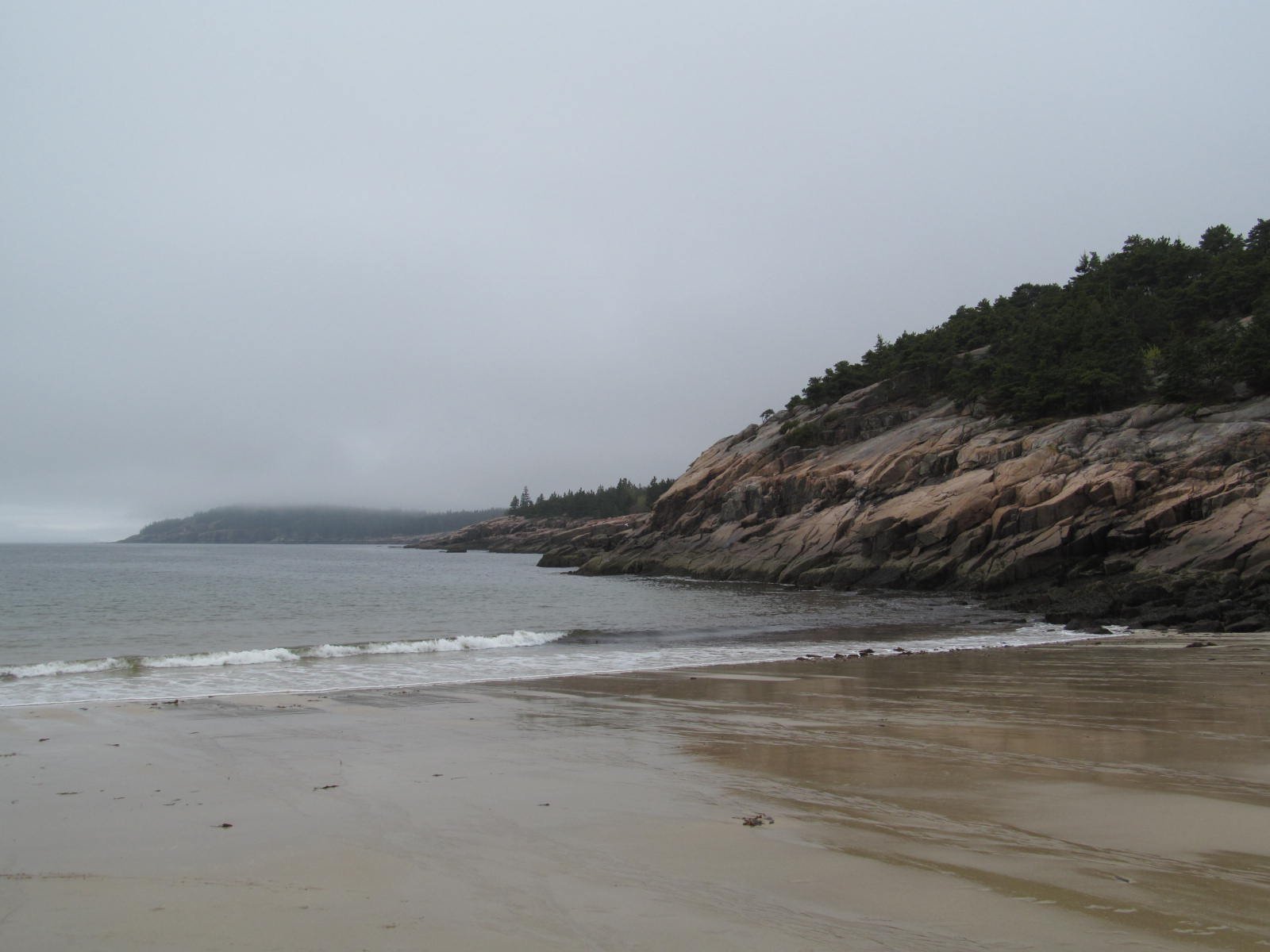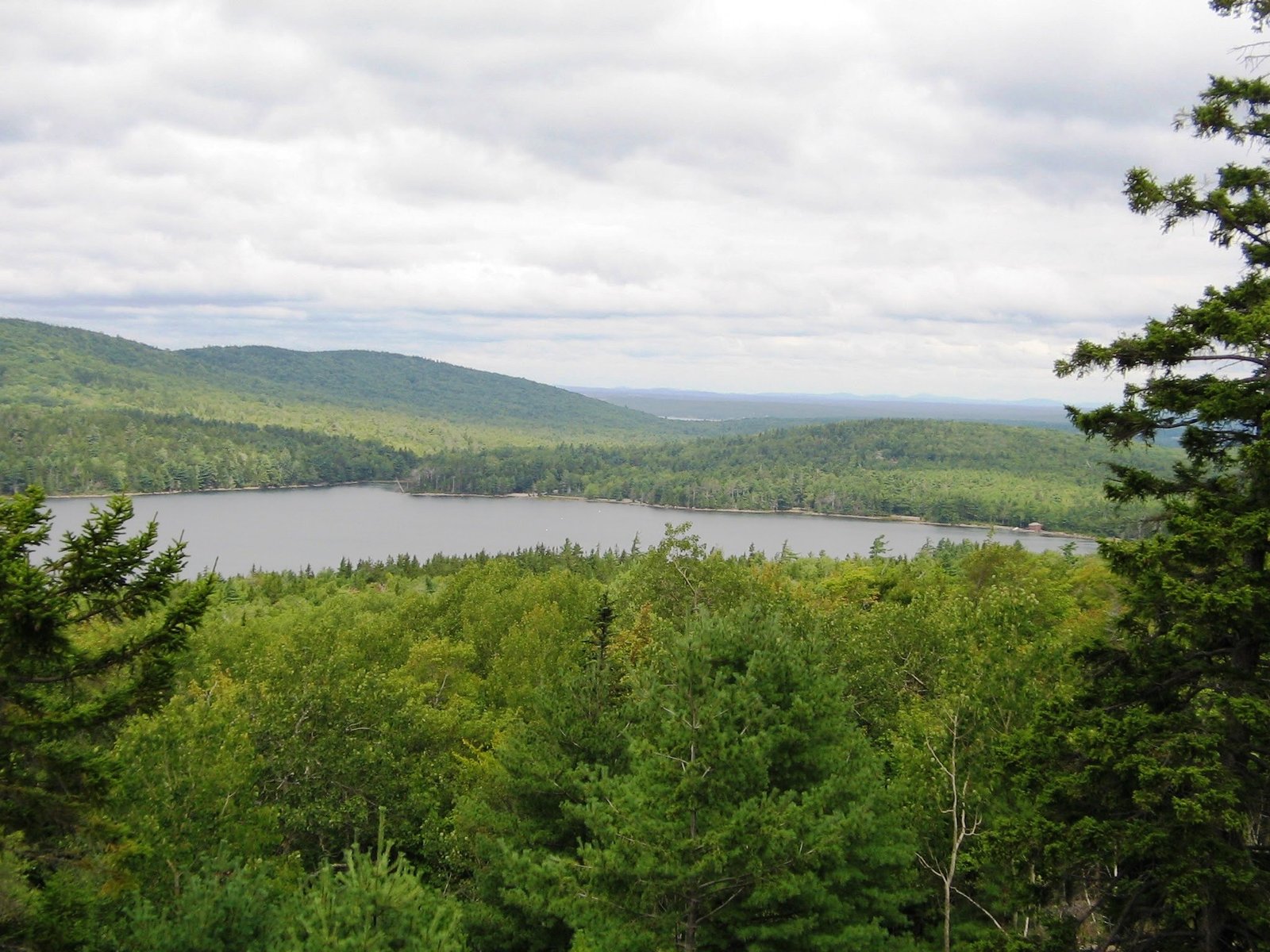Acadia National Park, located on the coast of Maine, has a rich history spanning centuries. From its early exploration by Samuel de Champlain in 1604 to its designation as a national park in 1919, Acadia has witnessed numerous significant events. These events have shaped the park’s development, conservation efforts, and cultural significance, making it one of the most beloved national parks in the United States.
What are the Key Pre-Colonial and Colonial Events in Acadia?

The history of Acadia National Park begins long before its official designation. Here are some of the crucial events from the pre-colonial and colonial eras:
- 1604: Samuel de Champlain explores the area and names it \”Isle de Monts Desert.\”
- 1613: French Jesuits establish the first French mission in America on Mount Desert Island, but it is destroyed by an English ship.
- 1688: Antoine Laumet attempts to reestablish French activity on the island, but fails.
- 1759: British troops triumph at Quebec, ending French dominion in Acadia and opening the land for English settlement.
It’s important to note that the Wabanaki people had inhabited the region for over 10,000 years before European exploration began.
How Did Tourism and Development Shape Acadia in the 19th and Early 20th Centuries?

The 19th and early 20th centuries saw significant changes in Acadia as tourism and development began to take root:
- 1855: The first summer visitors start vacationing on the island.
- 1868: Steamboat service from Boston is inaugurated, making the area more accessible.
- 1880s: Wealthy families begin to build summer estates on Mount Desert Island. The term \”rusticators\” is used to describe early visitors who stayed with local families.
- 1888: The Green Mountain Cog Railway is built to the summit of Cadillac Mountain, enhancing tourism.
- 1901: The Hancock County Trustees of Public Reservations are established to preserve land for public use. George B. Dorr plays a key role in this effort.
- 1908: Eliza Homans donates the first land to the Hancock County Trustees of Public Reservations.
What Were the Milestones in Acadia’s National Park Designation?
The journey to becoming a national park involved several important steps:
- July 8, 1916: President Woodrow Wilson establishes Sieur de Monts National Monument, marking the beginning of federal protection for the area.
- February 26, 1919: The monument is redesignated as Lafayette National Park.
- January 19, 1929: The park is renamed Acadia National Park in honor of the former French colony of Acadia.
How Did Development and Conservation Efforts Progress in Acadia?
Throughout the 20th century, Acadia saw significant development and conservation efforts:
| Year(s) | Event |
|---|---|
| 1913-1940 | John D. Rockefeller Jr. develops the carriage road system, including 17 arched granite bridges and over 50 miles of trails. |
| 1922-1927 | Jordan Pond Road is constructed as a scenic motor highway. |
| 1925-1931 | Cadillac Mountain Summit Road is built. |
| 1947 | A massive fire burns over 10,000 acres of the park, leading to significant reconstruction efforts. |
| 1986 | The Friends of Acadia conservation nonprofit is established to support volunteer work and ongoing stewardship. |
| 1995 | Rehabilitation of the carriage road system begins. |
What Amenities and Activities Have Shaped Acadia’s Visitor Experience?
Acadia National Park offers a variety of amenities and activities that have evolved over time:
- Carriage Roads: Over 50 miles of trails developed by John D. Rockefeller Jr., suitable for carriage rides, horseback riding, and biking.
- Motor Roads: Jordan Pond Road and Cadillac Mountain Summit Road provide scenic drives.
- Hiking Trails: An extensive network of trails, including those developed by civic groups in the late 1800s.
- Activities: Visitors can enjoy hiking, biking, carriage rides, scenic drives, and wildlife observation.
What Challenges Has Acadia National Park Faced?
Acadia has faced several challenges throughout its history:
- 1947 Fire: A massive fire caused significant damage to the park, requiring extensive reconstruction efforts.
- Conservation vs. Access: Ongoing challenges in maintaining the balance between conservation and visitor access.
- Increasing Visitation: Managing the growing number of visitors while preserving the park’s natural beauty and resources.
How Can Visitors Experience Acadia’s Important Events Today?
Visitors can experience Acadia’s rich history and important events in several ways:
- Guided Tours: Many tour operators offer historical tours that highlight key events in the park’s history.
- Visitor Centers: The park’s visitor centers provide exhibits and information about Acadia’s history and important events.
- Hiking Historic Trails: Many of the park’s trails have historical significance and offer interpretive signs.
- Carriage Rides: Experience the historic carriage roads built by John D. Rockefeller Jr.
- Scenic Drives: Drive the historic roads like Cadillac Mountain Summit Road to experience views that have captivated visitors for centuries.
What Future Events and Developments are Planned for Acadia?
While specific future events may vary, Acadia National Park continues to focus on:
- Ongoing conservation efforts
- Improving visitor facilities and experiences
- Addressing climate change impacts
- Preserving historical and cultural resources
Visitors should check the official Acadia National Park website for the most up-to-date information on events, developments, and park conditions.
The important events in Acadia National Park have shaped it into the beloved destination it is today. From its early exploration to its designation as a national park and ongoing conservation efforts, Acadia’s history is as rich and diverse as its natural beauty. By understanding these events, visitors can gain a deeper appreciation for this remarkable place and its significance in American history and conservation.
References:
1. Timeline: The History of Acadia National Park – Saving Places
2. History & Culture of Acadia National Park – Visit Maine
3. A History of Acadia – National Park Service

